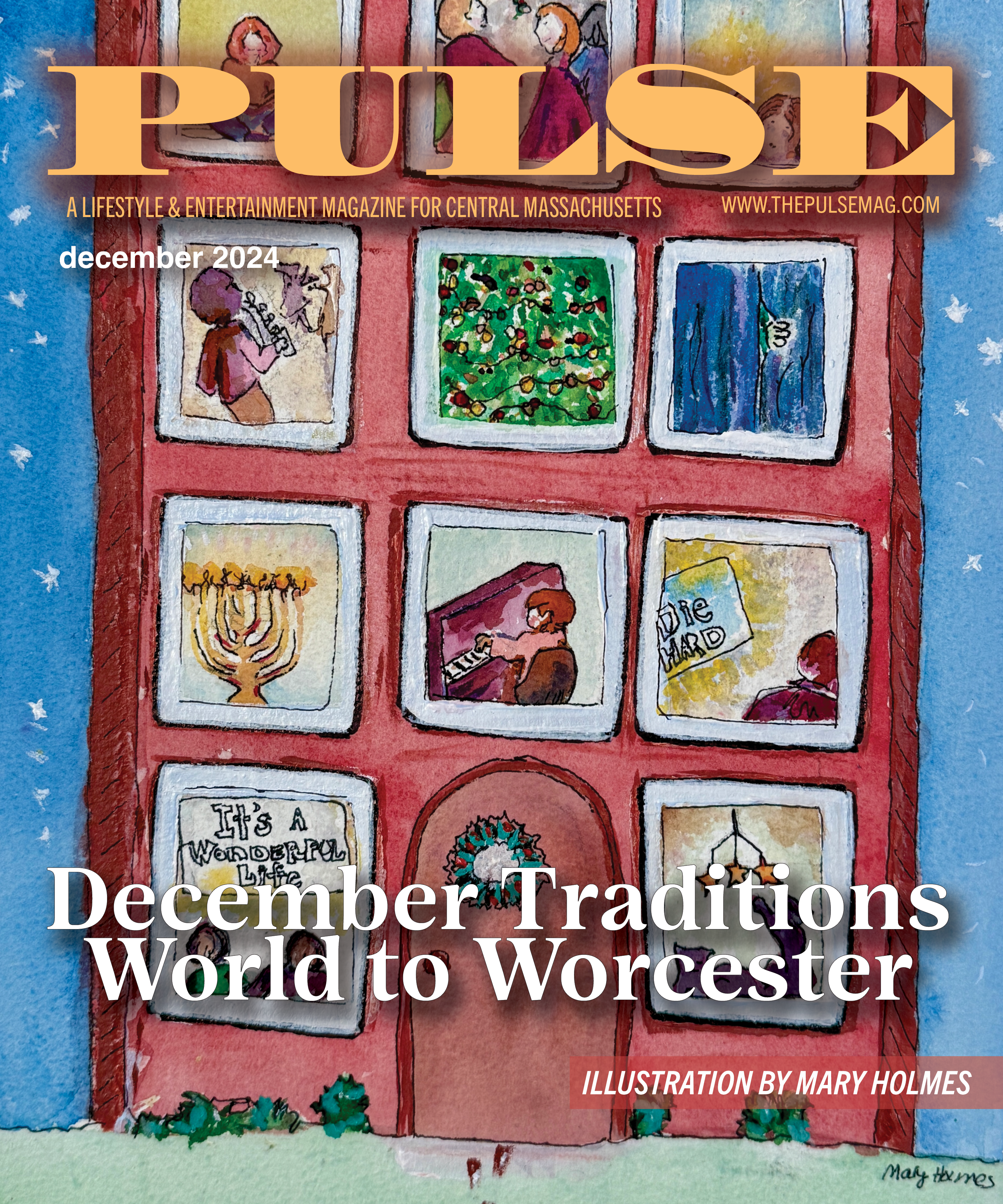Breaking the cycle
Underground hip-hop survives in Worcester
April 2005 – Break dancing, b-boys and hip-hop culture are still alive in Worcester. Their presence became abundantly clear as I interviewed dancers Maximus, 24, and Revolt, 22, both from the Orphanage Crew, and Ren, 24, from Poetry in Motion. I spoke with them after a break dancing rehearsal where different crews and dancers from around Worcester had gotten together to touch up their moves.
At first they entered slowly, clad in hoodies, hats with unbent rims and white-soled sneakers. While waiting, each dancer had his own protocol. Some stretched, mimicking yoga moves and doing the splits, while others drank water or Capri Suns. Then as soon as the music started, so did the breaking. Hands met hardwood floors as bodies began to speak new languages, the language of the streets and the language of the beat.
Upside-down as though humans were meant to be that way, doing back flips and spins, the b-boys did what they do best. It all appeared
effortless. Defying gravity became the norm. Friendly competitions arose — individuals and crews sparred, challenging one another to push the limits, laying all their moves on the line.
That is break dancing.
Breaking is not another come-and-gone trend. “The media took break dancing, turned it into a fad, and then the corporate machine took it and spit it out,” says Ren. Revolt echoes the sentiment, saying, “Pop culture milked the image. Breaking never died out, it just became more underground.” And that’s where it is right now, staying with the people who live it.
Both Maximus and Revolt hold strong to their love of break dancing, which both say their parents never supported. For Maximus, it’s more than a hobby. “It’s a way I express myself. This is my drug, I need more — I hear a phat beat and I want to get down.” Ren feels like breaking is in his blood. “You have to unleash what you have inside of you on the floor,” he says. All three express how breaking has somehow saved them. Maximus doesn’t know where he’d be without it. Juan says that it is “a dope alternative to gangs and violence.”
“I used to get into a lot of trouble and one day I thought, shit, I can’t do this no more, and I started breaking all the time,” Ren says.
Although breaking is a way of life for these b-boys, all of them have become artists, part of something bigger — the hiphop movement. “What hip-hop is really about is unifying and collaborating,” Revolt says. “There’s culture and beauty in breaking, just like in hip-hop,” says Ren. He talks about how breaking is different for everybody — each person has his own style and approach to it. “Two people can do the same moves, but they’re different because they have different bodies.”
The camaraderie of the dancers is palpable as they all teach each other and learn from one another. “You talk to someone and they are like, ‘I invented this move,’ then you go two blocks over and someone’ll be like, ‘No, no, no. I invented that move,’” Ren says with a smile.
Breaking is a commitment that takes strength, stamina, and discipline. All these b-boys perform on their own as well as with their crews. They perform everywhere from high schools to street corners. They are trying to get the message out. Recently, they held “Spreading the Sickness: A Hip Hop Epidemic,” an event designed to get the community together to experience hip-hop culture.
In the end, they claim that “…we’re just trying to remind people to have fun.” They certainly are doing that, but much more, too.
For more information about break dancing or about the Orphanage Crew, contact: bboyrevolt@yahoo.com.
Big Paul explains that playing every day and listening to each other are requirements for the jam-rock style of music that his band plays. Craig isn’t a band whose songs all sound the same. Their versatility enables transitions from original funk tunes to covers by the likes of Johnny Cash, Michael Jackson, The Talking Heads and Radiohead (just to name a few).
The band has a number of dedicated F.O.C.s (Fans of Craig), so they try to keep their shows fresh. Not only has the band written 20 originals and learned over 30 covers, but there are jokes, contests and plenty of opportunities for the audience to get involved. Plus, Craig’s members are accomplished musicians and often improvise during live performances, reworking their songs and covers.
“The same songs can go in a lot of different directions, sometimes intentionally and sometimes unintentionally,”
Little Paul says.
The band emphasizes reaching out to their fans. Their website, Craig2000.com, is one way for them to keep in touch. It is constantly updated with recorded music from their most recent gig, pictures and information about upcoming shows. Featured now is information about Craig’s show on February 17 at Tammany Hall, and they have some surprises in store that not even a seasoned F.O.C. will be prepared for.
For more information about the band, check out Craig2000.com.
Craig wants to thank Toni “The Gouche”, Kim Trott, G.I. Joe, Curtis, Erin and Justin from Tammany, J-Paig, Bridget, Worcester Tunes, Duncan and Steve and Eric from the Lucky Dog for their invaluable help.






